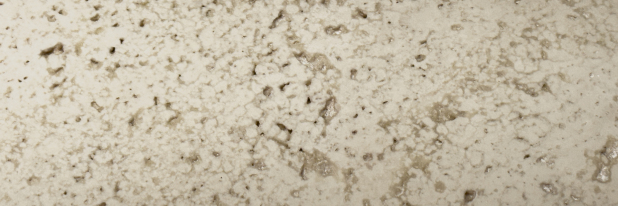What is Travertine?
What is Travertine?
Travertine is a type of natural stone that forms from the precipitation of calcium carbonate in groundwater, resulting in unique and beautiful textures and patterns.
Is Travertine Limestone?
Travertine is closely related to limestone but has distinct characteristics. Both are sedimentary rocks composed of calcium carbonate, but travertine has a more porous structure and unique patterns.
Where is Travertine found?
Travertine is commonly found in regions with abundant limestone deposits and geothermal springs. Famous sources of travertine include Italy, Turkey, Mexico, and the United States.
What Colours Does Travertine Come In?
Travertine comes in a range of natural colours, including ivory, gold, walnut, and various shades of brown.
The most famous colour of travertine is of course beige. With Navona, Alabastrino and Classic Roman Travertine being amongst the most used world wide
The colour of travertine may vary depending on the minerals and impurities present during formation.
Can I Use Travertine in My Home?
Yes, with it’s timeless appeal, travertine is a popular choice and is often used for flooring, countertops, backsplashes, and other architectural and decorative applications. Travertine has been used architecturally for centuries, with the iconic Trevi Fountain in Rome and the ancient Colosseum being two examples of the durability and resounding beauty of travertine.
What is the filled vs unfilled (raw) Travertine?
Filled travertine typically relates to a dimension cut stone that has had the natural voids and pits on its surface filled with a mixture of resin, cement, or epoxy. The fill material is typically tinted to match the stone's base colour. Filled travertine is smoother on the surface and is typically stronger since the filling material helps to strengthen the stone and reduce the risk of chipping or cracking.
Unfilled travertine retains its natural holes, pits, and voids on the surface, which can vary in size and distribution. Resulting in a more rustic and natural appearance. It can give a space a unique and aged look, but it can be more challenging to clean due to the open pores.
Will Travertine Etch with Acid?
Yes, travertine is sensitive to acidic substances, which can cause etching, dulling, or discolouration of the surface. Be cautious with acidic liquids like lemon juice or vinegar.
How Do I Properly Care for Travertine? To care for your travertine surfaces, use a
pH-neutral stone cleaner to prevent damaging your stone with harsh chemicals.
Wipe up spills promptly and avoid dragging heavy objects across the surface to prevent scratching.
Most commercially produced stone cleaners are little more than water, so you can save yourself some money by just using clean hot water to wipe down your stone. Remember to dry the stone after cleaning it to help prevent water spotting.
Does Travertine Need to Be Sealed?
Yes, travertine should be sealed to protect it from stains and moisture infiltration. The frequency of sealing depends on the porosity of your travertine and its use, but is typically recommended every 2-5 years. It’s important to note that sealers do not prevent etching.
Incorporating travertine into your home can add a touch of elegance and a natural aesthetic. However, it's important to understand its characteristics and maintenance requirements to keep it looking stunning for years to come.
What do I do if I’ve etched, scratched or stained my travertine and I can’t fix if?
Call RedHill Stone Care. We are here to help with all your stone restoration needs.



